Description
Latin Name: Salix nigra
Hardiness Zones: 2-8
Other Common Names: Black Willow, Swamp Willow
Mature Height: Salix nigra typically has either a single or multiple trunks, with varying heights. Along swamp banks, these trees generally range from 30 to 50 feet tall. Under optimal conditions and with regular care, they can reach heights of 70 to 140 feet. The root system is shallow and expansive (Missouri Botanical Garden). The crown shape can be rounded or irregular, with a tree width that can span up to 100 feet (ISU).
Soil / Climate: This species is highly fast-growing and thrives in consistently wet, full sun environments. It requires consistently moist or wet soil and plays a crucial role in stabilizing stream banks, often found on sandbars. Native to eastern to central Canada (from New Brunswick to Manitoba) and eastern to central United States (from Maine south to Florida, and west to Texas, Colorado, and Minnesota) (USDA) (Missouri Botanical Garden).
Notes: Salix nigra is tolerant of high humidity and blooms from late winter to early spring. Its extensive roots effectively control erosion. Pruning, if necessary, should be done in late winter to early spring. The bark is initially dark brown, developing scales, grooves, and a rough texture as it ages (Missouri Botanical Garden). Twigs are slender with yellowish tips and reddish-brown bases (ISU). The leaves are medium to dark green, alternate, up to 6 inches long, tapering to a point, turning greenish-yellow in fall. In early spring, small greenish-yellow flowers appear in 2-inch catkins, followed by small brownish-red capsules (Missouri Botanical Garden).
Wildlife: Salix nigra serves as a food and shelter source for various animals. White-tailed deer, rabbits, rodents, and beavers consume its bark, twigs, and leaves. Bees, butterflies, and other insects feed on its nectar. The tree provides shelter for woodland creatures like birds and small mammals, particularly raccoons and woodpeckers, which also feed on its fruit.
Problems: The wood of Salix nigra is weak and prone to cracking. Branches can be damaged by ice and snow. It is susceptible to powdery mildew, crown gall, blights, leaf spots, and cankers. Common pests include aphids, tent caterpillars, leaf beetles, stem borers, and willow sawfly (Missouri Botanical Garden).
For more information, refer to:
- USDA Profile: Salix nigra
- Missouri Botanical Garden: Salix nigra
- Iowa State University Extension: Black Willow

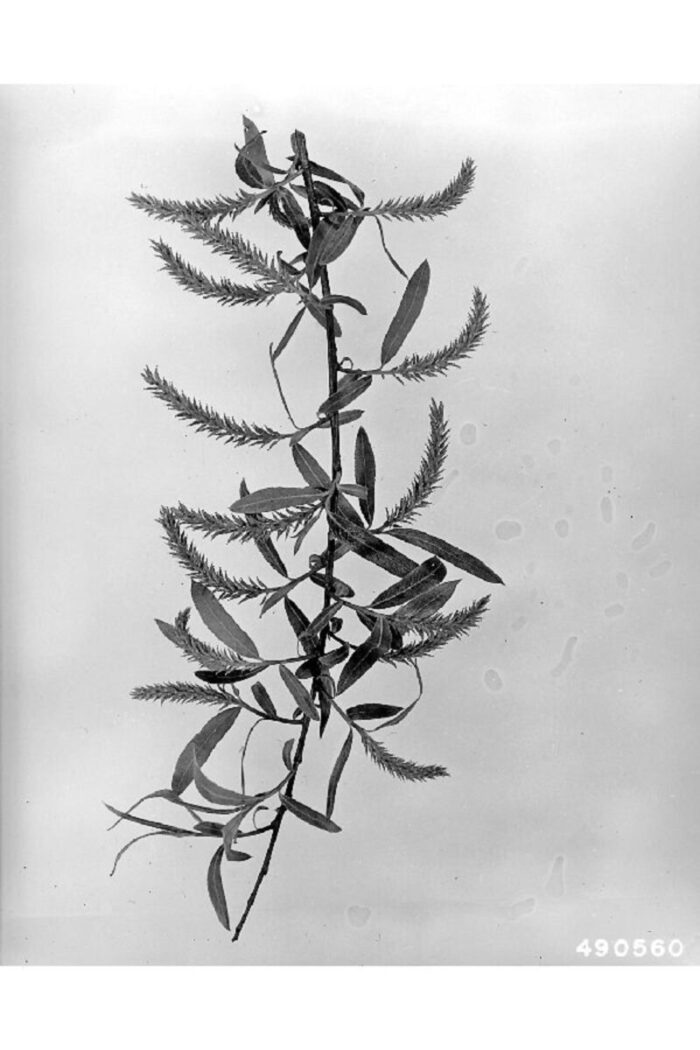
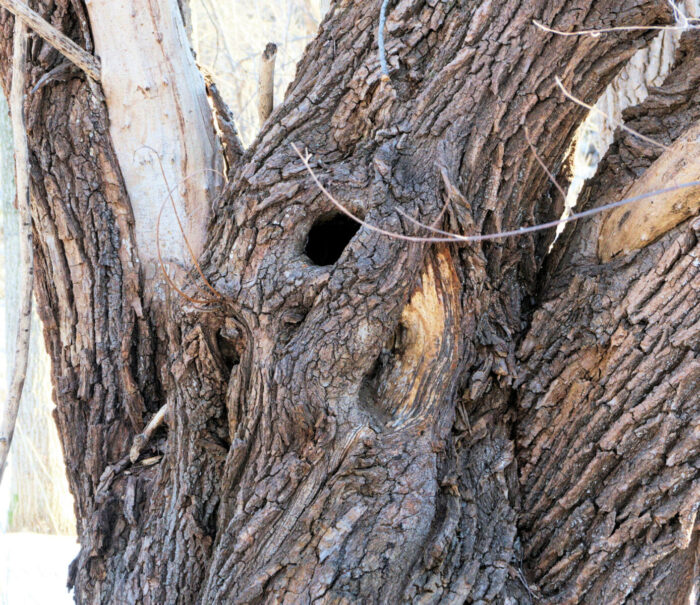
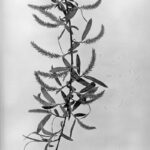
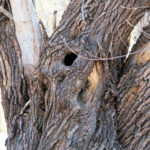
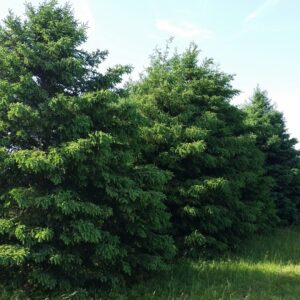
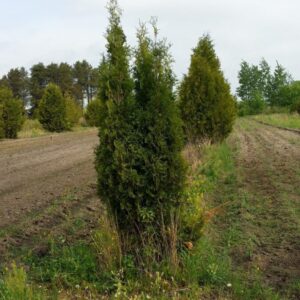
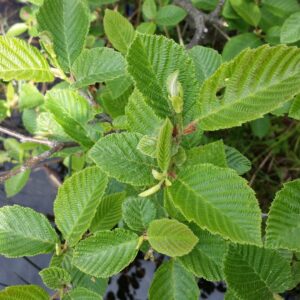
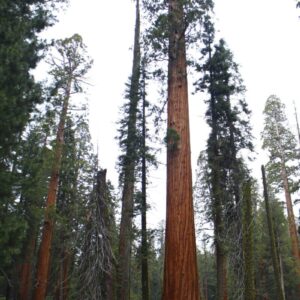
Reviews
There are no reviews yet.